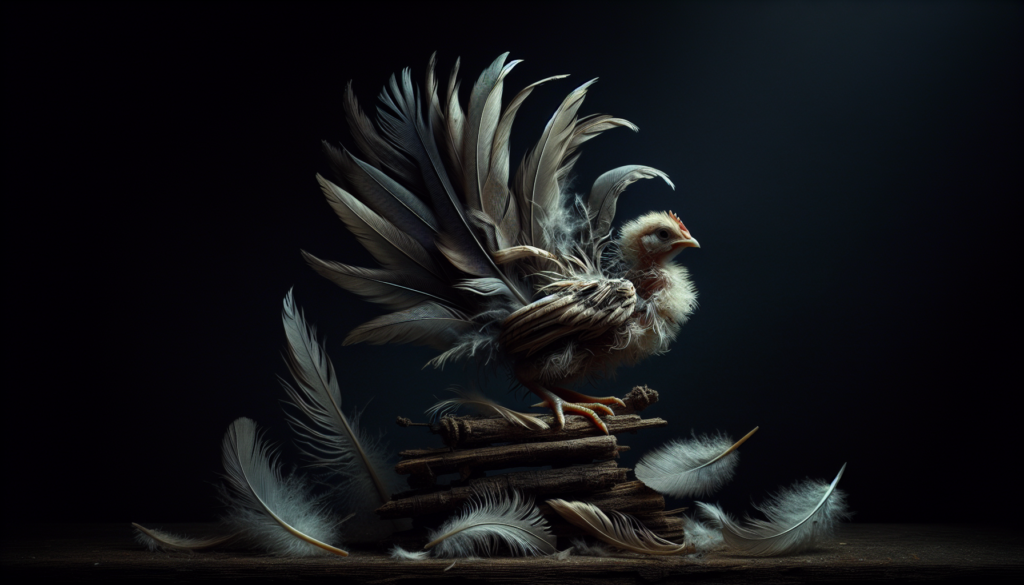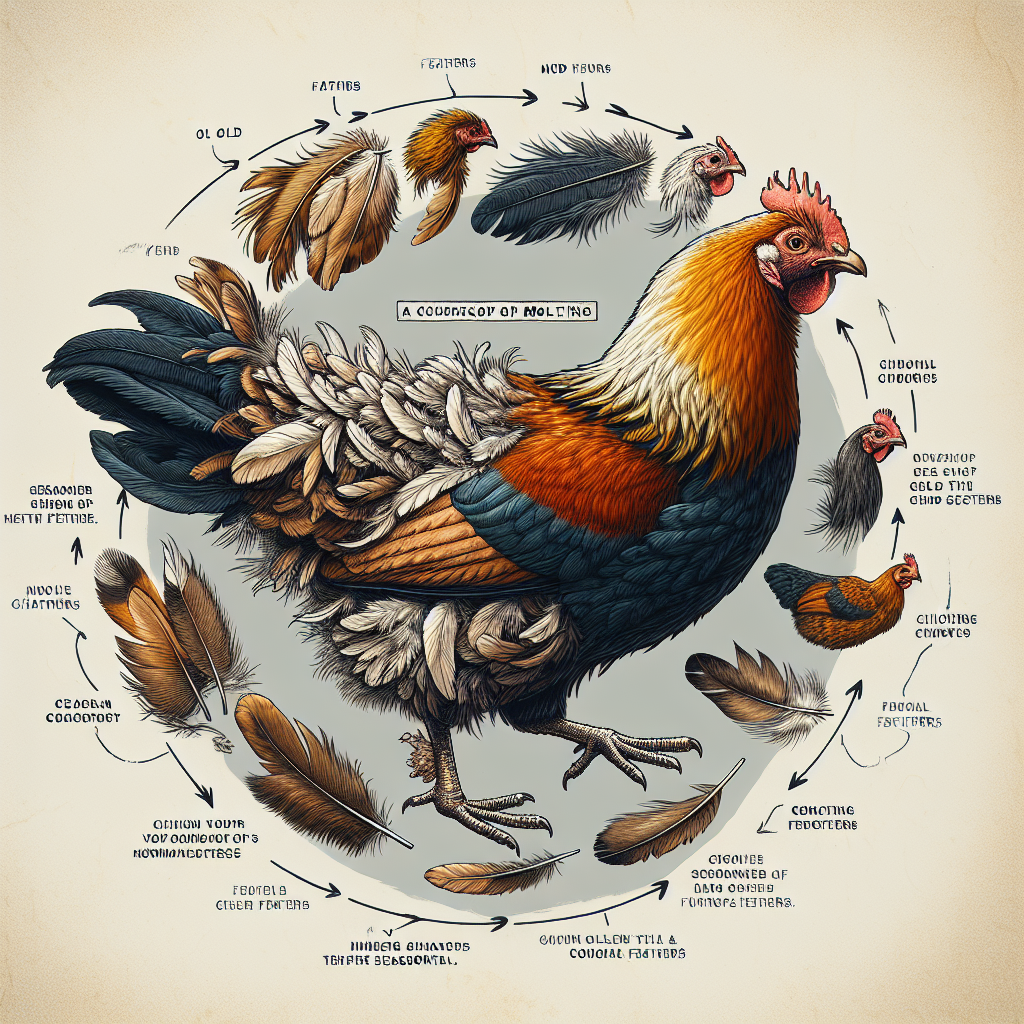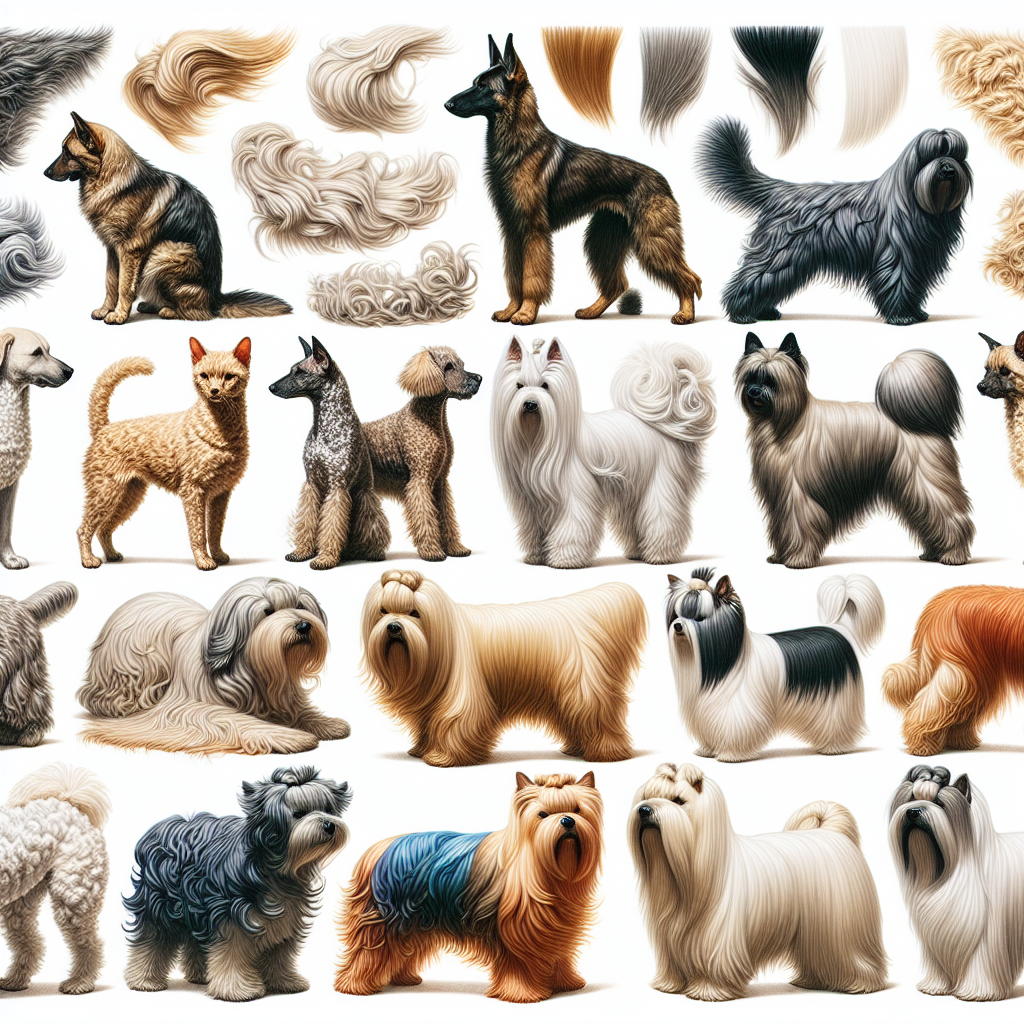Imagine walking through a bustling farmyard, surrounded by the cheerful clucking of chickens. As you observe these feathered creatures, a curious thought crosses your mind: how do molting patterns differ between young chickens and older hens? It’s a fascinating question that opens a door into the world of avian biology. In this article, we will explore the intriguing variations in molting patterns, shedding light on the transformation that these graceful birds undergo throughout their lives. So, put on your farmer’s hat and get ready to embark on a feathered adventure!
Molting Patterns in Young Chickens
Physical Characteristics of Young Chickens
Young chickens, also known as pullets, typically go through their first molt at around 5-6 months of age. During this time, you may notice some significant changes in their physical appearance. One of the most noticeable characteristics is the loss of feathers, as molting is the natural process of shedding old feathers and growing new ones. This molting phase usually lasts for several weeks and is an essential part of a chicken’s growth and development.
Timing of Molting in Young Chickens
The timing of molting in young chickens can vary slightly depending on various factors such as breed and environmental conditions. However, it is generally observed that molting in young chickens occurs during the late summer to early fall months. This timing allows the young birds to shed their old feathers in preparation for the upcoming winter season when they will need a fresh set of feathers to keep themselves warm in the colder months.
Duration of Molting in Young Chickens
The molting process in young chickens typically lasts for several weeks, during which you may find an increased number of feathers scattered around the coop or yard. It’s important to note that not all chickens molt at the same time, so you might observe some variations in the duration and intensity of molting between individual birds. During this period, you may also notice a decrease in egg production as the bird’s energy is directed towards molting and regrowing feathers.
Feather Regrowth in Young Chickens
Once the molting phase is complete, young chickens will begin the process of regrowing their feathers. Initially, you may notice the new feathers appearing as pin-like structures known as pinfeathers. Over time, these pinfeathers will gradually unfurl and develop into full-sized feathers. It’s crucial to provide sufficient nutrition and a balanced diet to support healthy feather regrowth in young chickens, as this process requires essential nutrients such as protein and vitamins.
Factors Affecting Molting in Young Chickens
Several factors can affect the molting process in young chickens. One of the primary influences is the bird’s genetic predisposition, as some chicken breeds tend to molt earlier or later than others. Other factors such as changes in natural daylight, temperature fluctuations, and stress can also impact the timing and intensity of molting in young chickens. Providing a comfortable and stress-free environment, as well as a well-balanced diet, can help ensure a smooth molting process for young chickens.
Molting Patterns in Older Hens
Physical Characteristics of Older Hens
As hens age, their molting patterns and physical characteristics can differ from those of young chickens. Older hens may experience a more irregular molting pattern compared to the predictable molt of young chickens. The loss and regrowth of feathers may occur intermittently throughout the year, making it more challenging to identify specific molting periods in older hens.
Timing of Molting in Older Hens
Unlike young chickens, the timing of molting in older hens can be quite unpredictable. While many hens tend to molt during the late summer or early fall months, others may exhibit molting behaviors at different times of the year. It’s important to remember that molting in older hens is not solely influenced by seasonal changes but can also be affected by genetics, individual health, and environmental factors.
Duration of Molting in Older Hens
The duration of molting in older hens can vary significantly. Some hens may undergo a rapid molt, where they shed and regrow feathers within a relatively short period, while others may experience a more prolonged molt that can last for several months. It’s crucial to provide older hens with appropriate care and nutrition during their molting phase to support their overall health and feather regrowth.
Feather Regrowth in Older Hens
Feather regrowth in older hens may take longer compared to young chickens. The aging process can affect the efficiency of feather regrowth, resulting in slower development and potential irregularities in feather growth. Additionally, older hens may have a lower overall feather quality compared to their younger counterparts. Providing a balanced diet with ample protein and other essential nutrients can help support healthy feather regrowth in older hens.
Factors Affecting Molting in Older Hens
Several factors can influence the molting process in older hens. One significant factor is the overall health and well-being of the hen. If an older hen is experiencing underlying health issues or nutritional deficiencies, it may impact the timing and duration of molting. In addition, environmental factors such as lighting conditions, temperature, and stress levels can also play a role in triggering or delaying molting in older hens. Providing a comfortable and stress-free environment, along with a well-balanced diet and regular health check-ups, can help support the molting process in older hens.
In conclusion, molting patterns vary between young chickens and older hens. Young chickens typically molt for the first time around 5-6 months of age, with a predictable timing and duration. Feather regrowth is a natural process following molting, and providing proper nutrition is vital. On the other hand, molting patterns in older hens can be more irregular and influenced by various factors such as age, health, and environmental conditions. Feather regrowth may take longer in older hens, and their overall feather quality may be impacted. By understanding the unique characteristics and factors affecting molting in both young chickens and older hens, you can provide the best care and support for your flock throughout their molting journeys.




